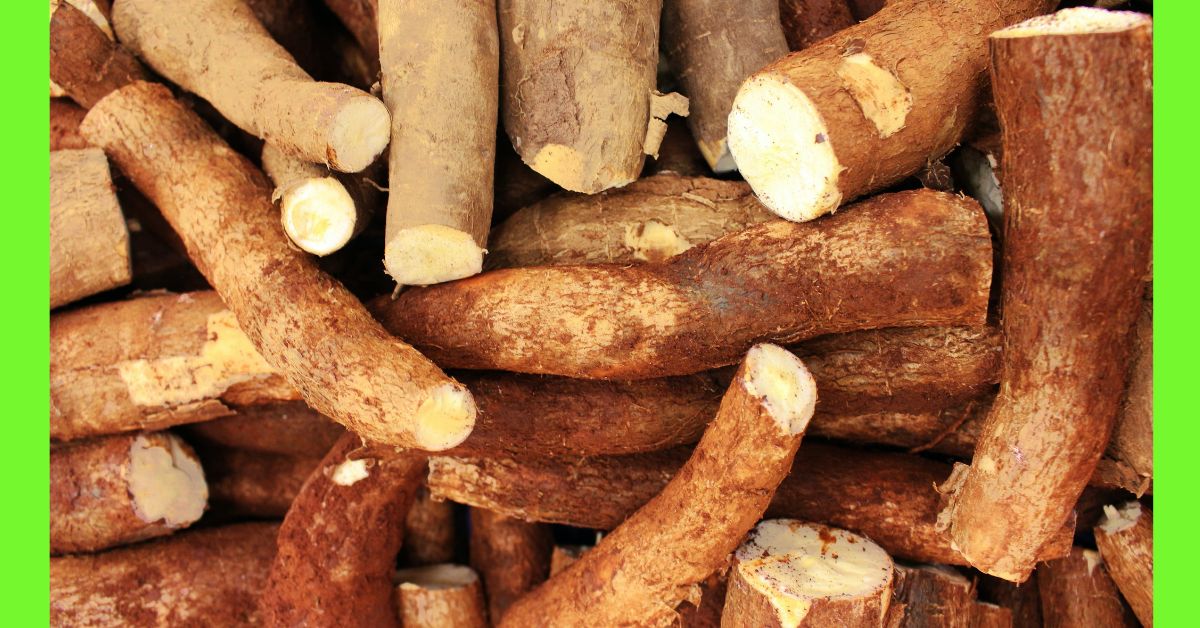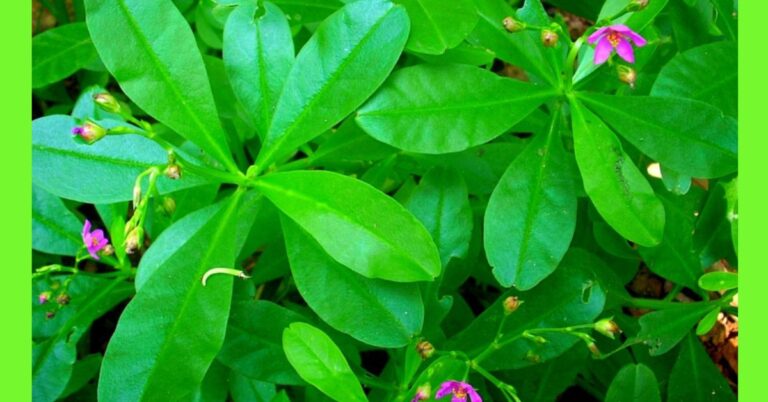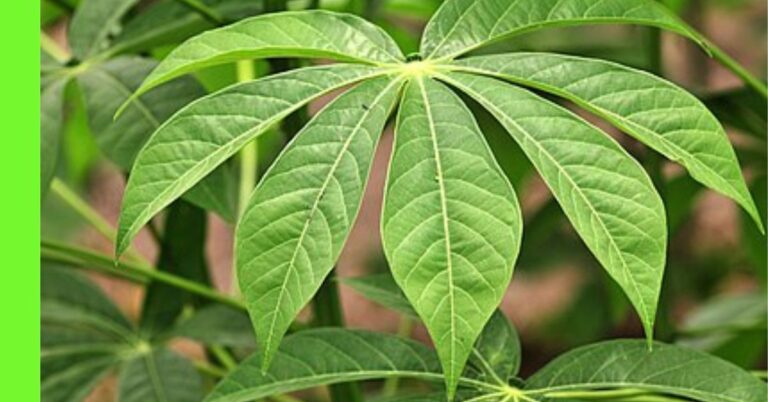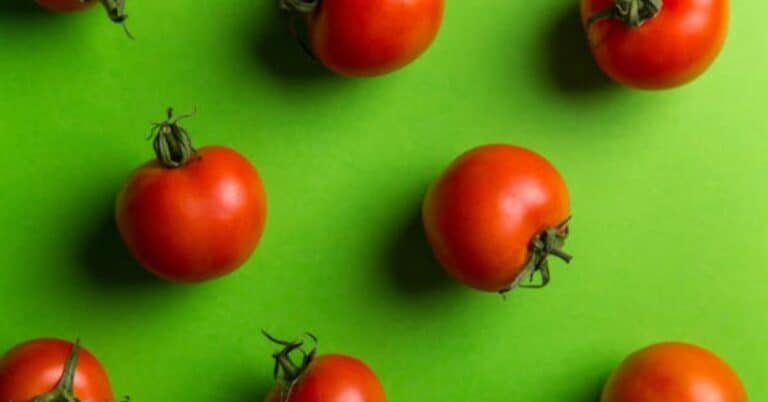Cassava: Simple facts, Uses You Want To Know

Cassava is among the top six most important crops in the world.
The crop is grown worldwide in tropical and subtropical regions,
it’s a perennial woody plant with edible roots.
The botanical name is Manihot esculenta, and it is from the Euphorbiaceae family.
Its roots provide a primary source of energy from food.
The most consumed part of the crop is the root, although the cassava leaves are also eaten in some places.
Of all the staple crops, it is known to produce the most carbohydrates.
Its leaves are high in protein.
Unlike yam, the crop can thrive in harsh conditions, which need more care and fertile soil to grow.
Types
There are two types of cassava,
- Sweet and bitter cassava
The difference between these two is the amount of cyanide compound they produce.
However, both are cultivated in the same way.
Description
It’s a perennial plant,
The cassava tuber is the root of the cassava plant
The root is long, firm and thick.
It has a white or yellowish flesh which is covered with papery brown rind (outer cover).
The outer cover is rough and thin with a thickness of about 1 mm (0.039 inch)
Cassava varies in length and thickness depending on the variety.
On average the length of the cassava is between 15 cm (6 inches) to 30 cm (12 inches).
A diameter of about 5 cm (2 inches) to 10 cm (4 inches) at the top.
And the thickness reduces towards one end of the tuber.
Depending on the variety the tuber can be bitter or sweet in taste when cooked.
Cassava should not be eaten raw it contains cyanide this is poisonous,
And when taking it ensure its prepared the right way
Cooking or soaking cassava eliminates the cyanide.
History
Cassava originated in tropical America.
The tuber was domesticated about 8000 10 10000 years ago in Brazil
It made its first appearance into Africa in the Democratic Republic of The Congo in 1558.
The tuber was brought into Congo by Portuguese traders from Brazil.
Since then it has spread to other parts of Africa and the world and has become a staple food in most homes.
Cassava Varieties in Nigeria
- TME 419
- TMS-30572
- NR8082
- TMS-980505
- TMS-980581
- TMS-011368
- TMS-961632
- TMS-010040
- TMS-070593
- CR36-5 OR 365 (CR36-5) [1,2]
- Fine face
- Farmers pride
- Sunshine
- Game Changer
- Hope
- Obasanjo – 2
- Baba – 70
- Poundable
Nutritional Information
100 g of raw white cassava
| Calories | 146.337 Kcal |
| Fat | 0.293 g |
| Protein | 1.038 g |
| Carbohydrate | 34.42 g |
| Fiber | 0.933 g |
| Water | 65.32 g |
| Calcium | 22 mg |
| Iron | 1.24 mg |
| Magnesium | 15.33 mg |
| Phosphorus | 47.2 mg |
| Potassium | 201.4 mg |
| Sodium | 222.1 mg |
| Zinc | 1.5 mg |
| Copper | 0.1 mg |
| Manganese | 0.38 mg |
| Vitamin A | 1 ug |
| Vitamin D | 0 ug |
| Vitamin C | 20.6 ug |
| Vitamin B6 | 0.088 ug |
| Vitamin B12 | 0 ug |
| Folate (B9) | 27 ug |
| Thiamin (B1) | 0.087 mg |
| Riboflavin (B2) | 0.048 mg |
| Niacin (B3) | 0.854 mg |
| Retinol | 0 ug |
| Carotene (Beta) | 8 ug |
| Ash | 0.655 g |
Cassava in Nigeria
Locally cassava is called Akpu in Igbo, Ege in Yoruba and Rogo in Hausa.
The tuber is produced in all most every state in the country,
Nigeria has for a long time been the largest producer of cassava in the world.
As at 2021 Nigeria produced 63 million tonnes of cassava followed by Congo producing about 45 million tonnes. (knoema)
The southern and central areas of Nigeria produce the majority of the nation’s cassava.
Nigeria’s principal cassava-producing states include the states of Benue, Kogi, Cross River, Ondo, Imo, Akwa Ibom, and Rivers.
Nigeria exported 1.02 million dollar of cassava in 2021, (OEC)
The country exports the crop to Ghana, the United Kingdom, United States, Canada and Spain.
The tuber is the 171st most exported product in the country,
And Nigeria is the 59th largest exporter of cassava.
A large percentage of the cassava produced in Nigeria is used domestically.
The tuber is processed into different kind of food such as garri, fufu etc.
Uses of Cassava
It’s easy to already guess some of the uses of cassava as some of the cassava products are in our home.
Food
Firstly it’s used for food
- Cassava is boiled, fried, baked or roasted for food
Foods we can get from cassava are:
Eberebe (sliced cassava snack): sliced broad cassava, broader than abacha, often used as a snack, this is common in southeastern Nigeria.
Abacha: this is used to prepare Africa salad, this is a popular delicacy in the southeastern part of Nigeria,
Although it’s gradually been embraced by other tribes in the country.
Garri: used to make swallow that’s served alongside with soup.
Used to make drinking garri.
Fufu: It is a dough-like food, used to make swallow that’s served alongside with soup.
Amala: used to make swallow that’s served alongside with soup, this is common in south western Nigeria and called amala lafun in Yoruba language.
Kpukpuru
Tapioca
Starch: used to make swallow that’s served with soup, this is popular in some areas in the Niger Delta region in Nigeria.
High quality Cassava flour: this is a gluten free flour and a good alternative to wheat flour,
It’s used in baking different Nigerian snacks, cake, bread etc.
Alcohol beverage
Used to make Filipino dessert made from grated cassava root,
Kabkab is a traditional Filipino wafer made of ground cassava,
Farofa, a side dish, is made with toasted cassava flour in Brazil.
Tapai is a fermented food that’s popular in Southeast Asia. It is made from cassava, rice, or other starches.
Aside from food, there are other sectors in which the root crop is found useful.
Cassava starch is used in various sectors for different things
Industrial uses of cassava starch are:
- Pharmaceutical industry
- Plastic industry
- Textile industry
- Food industry (production of confectioneries)
- Cosmetic industry
- Adhesive production
- Detergent production
- Production of bio-ethanol
Cassava flour is used in the Plywood and Paper industry
Animal food: Cassava does not just feed humans; it’s also used to make feed for animals such as pigs, cattle, sheep, and poultry.
I hope this article was helpful.









